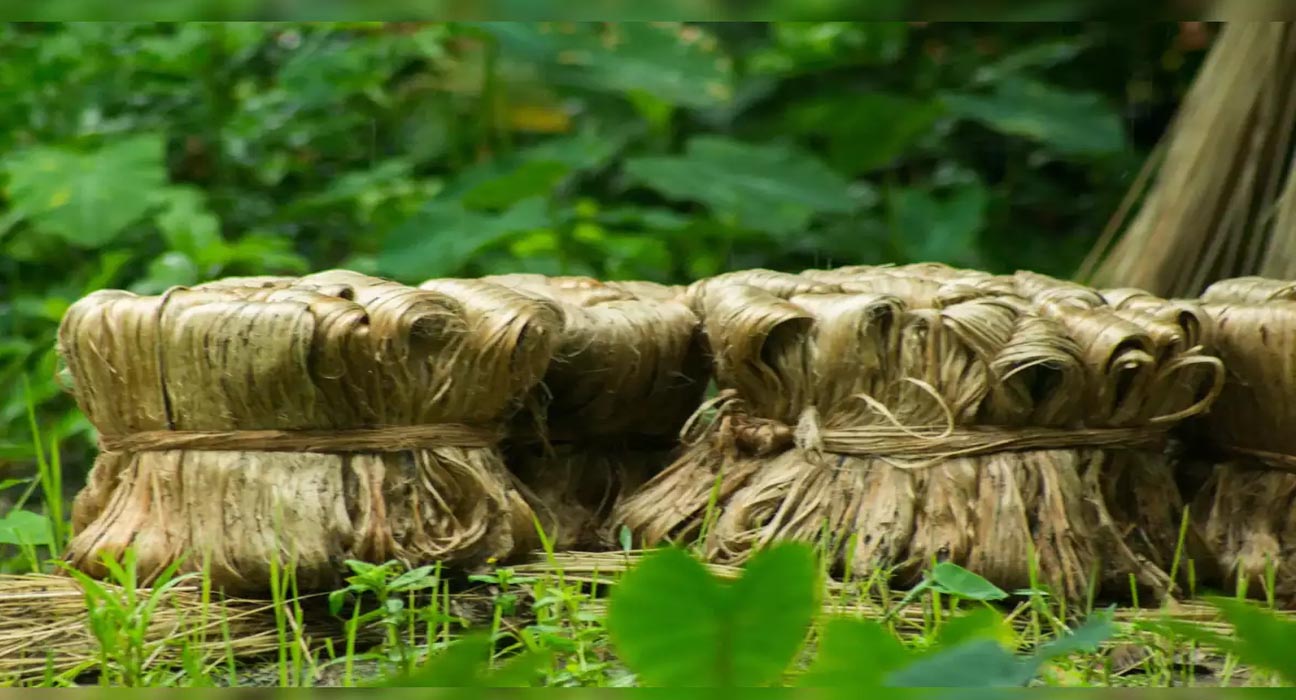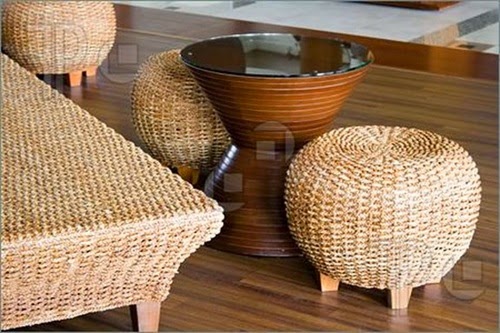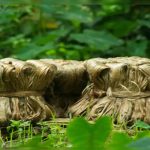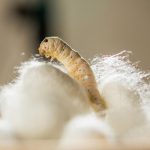Properties and uses of Jute fibre | Jute fiber has some unique physical properties like high tenacity, bulkiness, sound & heat insulation property, low thermal conductivity, antistatic property, etc. Due to these qualities, jute fiber is more suited for the manufacture of technical textiles in certain specific areas. We will discuss the Properties and uses of Jute fiber.
Properties and uses of Jute fibre
What is Jute Fibre?
Jute fiber is a type of plant fiber that is widely known for its ability to be spun into strong and coarse threads. Individual jute fibers are known to be soft, long, and shiny in nature. The plants belonging to the genus Corchorus are believed to be the primary producers of this fiber.
properties of Jute fiber
- Jute fiber is 100% bio-degradable and recyclable and thus environmentally friendly.
- It is a natural fiber with golden and silky shine and hence called The Golden Fiber.
- Jute is the cheapest vegetable fiber procured from the bast or skin of the plant’s stem.
- It is the second most important vegetable fiber after cotton, in terms of usage, global consumption, production, and availability.
- It has high tensile strength, low extensibility, and ensures better breathability of fabrics. Therefore, jute is very suitable in agricultural commodity bulk packaging.
- It helps to make best quality industrial yarn, fabric, net, and sacks. It is one of the most versatile natural fibers that has been used in raw materials for packaging, textiles, non-textile, construction, and agricultural sectors. Bulking of yarn results in a reduced breaking tenacity and an increased breaking extensibility when blended as a ternary blend.
- Unlike the fiber known as hemp, jute is not a form of (Cannabis). Therefore it can be much more easily distinguished from forms of Cannabis that produce a narcotic
- Jute is one of the most versatile natural fibers that has been used in raw materials for packaging, textiles, non-textile, and agricultural sectors.
- Jute stem has very high volume of cellulose that can be procured within 4-6 months, and hence it also can save the forest and meet cellulose and wood requirement of the world.
- The best varieties of Jute are Bangla Tosha – Corchorus olitorius (Golden shine) and Bangla White – Corchorus capsularis (Whitish Shine), and Mesta or Kenaf (Hibiscus cannabinus) is another species with fiber similar to Jute with medium quality.
- Raw Jute and Jute goods are interpreted as Burlap, Industrial Hemp, and Kenaf in some parts of the world.(You are reading Properties and uses of Jute fiber)
Uses of Jute fiber
Jute is the second most important vegetable fiber after cotton; not only for cultivation, but also for various uses. Some of them are:
- Jute is used chiefly to make cloth for wrapping bales of raw cotton, and to make sacks and coarse cloth.
- The fibers are also woven into curtains, chair coverings, carpets, area rugs, hessian cloth, and backing for linoleum.
- While jute is being replaced by synthetic materials in many of these uses, some uses take advantage of jute’s biodegradable nature, where synthetics would be unsuitable.
- Jute butts, the coarse ends of the plants, are used to make inexpensive cloth.
- Traditionally jute was used in traditional textile machineries as textile fibers having cellulose (vegetable fiber content) and lignin (wood fiber content). But, the major breakthrough came when the automobile, pulp and paper, and the furniture and bedding industries started to use jute and its allied fibers with their non-woven and composite technology to manufacture nonwovens, technical textiles, and composites.
- Jute can be used to create a number of fabrics such as Hessian cloth, sacking, scrim, carpet backing cloth (CBC), and canvas.
- Hessian, lighter than sacking, is used for bags, wrappers, wall-coverings, upholstery, and home furnishings.
- Sacking, a fabric made of heavy jute fibers, has its use in the name.
- Diversified jute products are becoming more and more valuable to the consumer today. Among these are espadrilles, floor coverings, home textiles, high performance technical textiles Geo textiles, composites, and more.
- Jute is also used in the making of gillie suits which are used as camouflage and resemble grasses or brush
Thus, jute is the most environment-friendly fiber starting from the seed to expired fiber, as the expired fibers can be recycled more than once. (You are reading Properties and uses of Jute fiber)
Sources:





